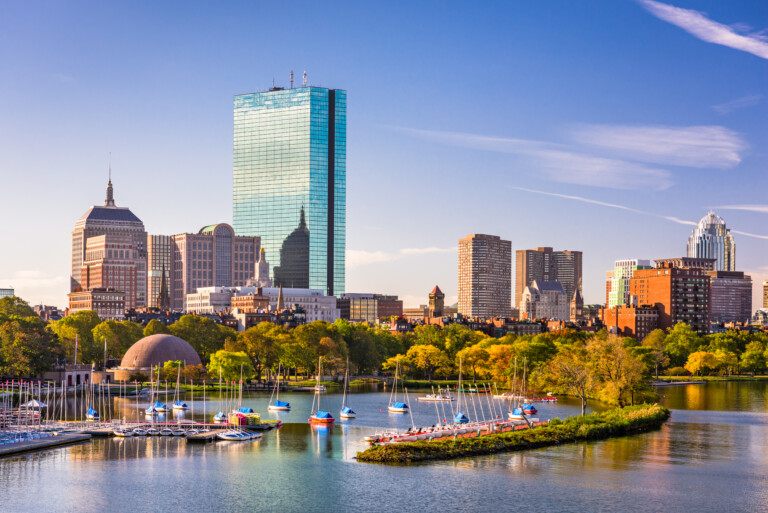Article
by Nortal
What you need to elevate your customer experiences
Offering engaging and seamless customer experiences is becoming more important by the hour. To enable these experiences, the underlying technology stack in use has to be able to support these innovations.
Carnival Cruise is a good example of a company using the ecosystem approach to elevate its customer journey, and if you’re brave enough to make bold decisions, your company can achieve the same.
In the world of technology, an ecosystem can be understood as all the different parts of your technology stack that are constantly interacting and working together to deliver results.
For example, a company website can be built on one platform and then integrated with an online bookings engine (different platform) and live chat (yet another platform). All these parts exist in one place, the website, but are, in fact different platforms and systems working together for one common goal.
It’s common to see cases in which the technology behind customer experiences like a web page is built upon several components like web publishing, bookings, e-commerce and more. The challenge is to make all those components work together in the same overall environment.
From a single stack to an ecosystem
Traditionally, companies have gone with a monolithic single-stack approach – they choose one big provider (Oracle, SAP, IBM, etc) and buy the full solution from them. This approach works, but it has its drawbacks.
Today, business needs are changing more rapidly than ever before, this means that the underlying systems companies use must be able to support these fast-paced chances.
New touchpoints are coming online with such speed that it’s hard to predict what will happen tomorrow, let alone in the coming months and years. Monolithic single-stack thinking limits elasticity to bring new business models that support new technologies.
One example of an innovative touchpoint is the Ocean Medallion that Carnival Cruise recently came out it with. It’s a wearable device that works by interacting with thousands of sensors onboard the company’s cruise ships.
The medallion tracks and learns from its users and then uses that information to anticipate what guests want and more importantly when they want it.
The Ocean Medallion created many, many new touch points for customers to interact with and the challenge with that was making sure that the old base system knew how to interact with and connect to all the new touch points.
Mikael Gummerus, CEO & Founder, Frosmo joked “the web store (of Carnival) is definitely not using the same technology as the touch points at the cruise ships.”
And Sal Visca, CTO at Elastic Path, adds that “the bravery the guys had at Carnival Cruise Line was amazing. To say: we’re going to reinvent the cruise experience. It’s much easier to say we’re going to implement a stack and put browsers everywhere and people can access it“
The other problem with going with a conventional full stack by Oracle or IBM or others is that there is nothing stopping your competitors from simply buying the same out-of-the-box stack and run the same kind of experiences (the browser and screen experiences on many other cruise ships).
“If everybody’s using the same monolithic single stack, you can’t differentiate against your competition because everything you put at the front-end, all of that experience tends to look and feel the same,” says Adrian Whitehouse, Director of Business Development at Elastic Path
Advantages of building your own ecosystem
An alternative approach and the one Carnival took, is to build your own ecosystem of technology “.. to differentiate (from your competition), put yourselves ahead by taking these bold decisions to build a set tool which works for you” Adrian Whitehouse .
In the beginning, going at it on your own will create additional challenges, starting with which tools and technologies to use and how to choose them.
Gummerus from Frosmo recommends using tools that, first, are able to address the problems and inflexibilities of your setup and, secondly, are robust and flexible enough to work in the future with technologies and touchpoints that may not exist today.
Whitehouse agrees: “You need an ecosystem that solves problems your customers are facing today while also being open to embracing the technologies that are going to come through tomorrow. In the last few years, new touch points like interacting through voice, through watches have emerged that weren’t present just a few years ago.”
This article is based on our podcast episode titled “Build the best customer experience with ecosystem thinking”.
Get in touch
Let us offer you a new perspective.


